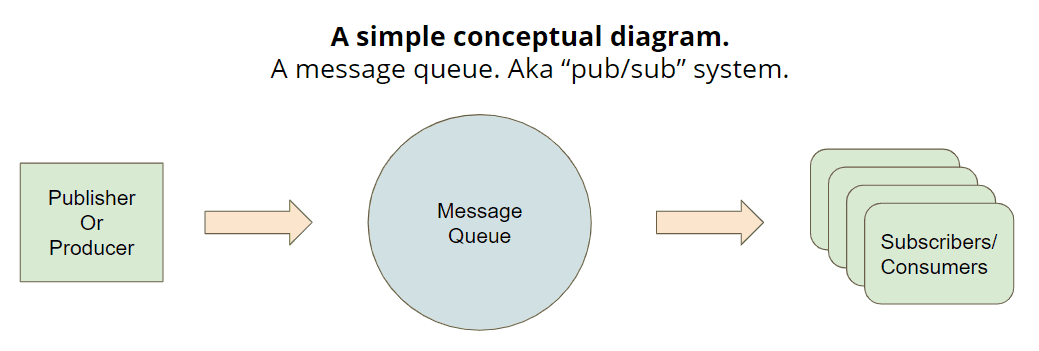

Co-authored with Maciej OpałaĢ015 edition: updated with new versions, added ActiveMQ new site Updated the results for Artemis, using memory-mapped journal type and improved JMS test clientĢ017 edition: updating with new versions adding latency measurements adding Artemis and EventStore. Co-authored with Bartłomiej Turos and Robert Dziewoński.Ģ020 edition: extended feature comparison, updated benchmarks, new queues (Pulsar, PostgreSQL, Nats Streaming) dropping ActiveMQ 5 in favor of ActiveMQ Artemis. Added encryption and compression info to the summary.

the latency of http endpoints and end-user experience. Another important aspect is message send latency, that is how long it takes for a client to be sure a message is persisted in the queueing system. When talking about performance, we’ll take into account both how many messages per second a given queueing system can process, but also at the processing latency, which is an important factor in systems which should react to new data in near real-time (as is often the case with various event streams). In others, performance isn’t the main factor, but instead compatibility with existing protocols, message routing capabilities or deployment overhead play the central role. In some cases, you might need top-performance, which might come with tradeoffs in terms of other features. All of these factors might impact which system is best suited for a given task. We will examine the characteristics of a number of message queueing and data streaming systems, comparing their features, replication schemes, supported protocols, operational complexity and performance.

Or, one component might produce a stream of events that are stored by the message queue. Any time we want to execute a task asynchronously, we put the task on a queue some executor (could be another thread, process, or machine) eventually runs it. They are useful in a number of situations. Message queues are central to many distributed systems and often provide a backbone for asynchronous processing and communication between (micro)services.


 0 kommentar(er)
0 kommentar(er)
